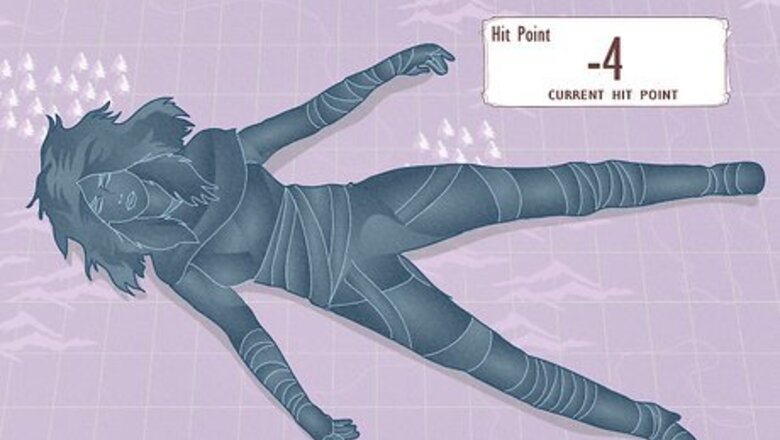
views
- Fall damage measures the extent of your character’s injuries when they fall. Characters (PCs) take the same amount of damage landing on the ground or in water.
- PCs take 1d6 points of bludgeoning damage for every 10 feet they fall. The maximum amount of fall damage your PC can take is 20d6, regardless of altitude.
- Minimize fall damage by casting spells like Fly or Feather Fall. Alternatively, look for magic items that grant a flying speed, like Winged Boots or a Broom of Flying.
What is fall damage in D&D 5e?
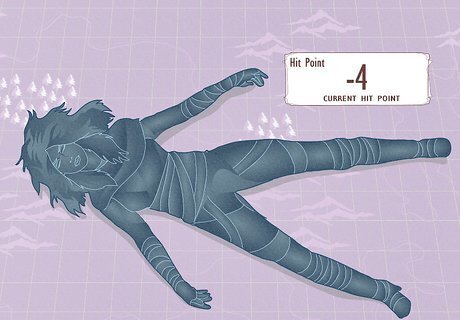
Fall damage determines how badly your PC gets hurt when they fall. During the course of your D&D campaign, your PC (player character) may take a fall here and there. Perhaps they fall into a pit trap after failing to solve a puzzle, or perhaps they’re pushed off an airship high in the sky! Either way, if your character hits the ground, they automatically take fall damage, which measures how gravely that fall injures them. In D&D 5e, “fall damage” translates to nonmagical bludgeoning damage, which is a type of damage that creatures can take in the game. When your PC takes fall damage, they lose hit points (HP). Hit points measure how much health your PC has. For example, if your character falls off a high wall, your DM might say they take “4 points of bludgeoning damage” when they hit the ground, which means they’re taking fall damage.
Calculating Fall Damage

Creatures take 1d6 points of damage for every 10 feet they fall. It’s up to your DM to determine the height from which your PC takes their tumble. For every 10 feet of that fall, they take 1d6 points worth of damage (which means your DM will roll a 6-sided dice, and the number rolled is the amount of fall damage you take). Nevertheless, the maximum amount of fall damage a PC can take is 20d6, no matter how high the fall is. For example, if your character falls 36 feet, that means they’ll take 3d6 points of bludgeoning damage (36 divided by 10 is 3.6, rounded down to 3). If a character falls 100 feet, they’ll take 10d6 points of damage (since 100 divided by 10 is 10). If a character falls 600 feet, however, they still only take 20d6 points of bludgeoning damage (even though 600 divided by 10 is 60).

When a PC falls from great heights, they drop 500 feet per round. Sometimes creatures can fall from very high altitudes! That’s why a rule was added to D&D 5e stating that when creatures fall from great heights, they immediately drop 500 feet. If the fall is greater than that, they drop another 500 feet at the end of their next turn—and continue doing so on future turns until they hit the ground or break the fall somehow. So, if your DM ruled that your PC falls a total of 614 feet, that means they won’t hit the ground right away. Instead, they’ll immediately drop 500 feet—and won’t fall the remaining 114 feet until the end of their next turn. That also means you have until the end of their next turn to find a way to break their fall! Action in D&D 5e is turn-based, meaning each creature gets to take a full turn based on their initiative roll (which determines how soon they can act) before the initiative order resets, and each creature gets to take turns again.
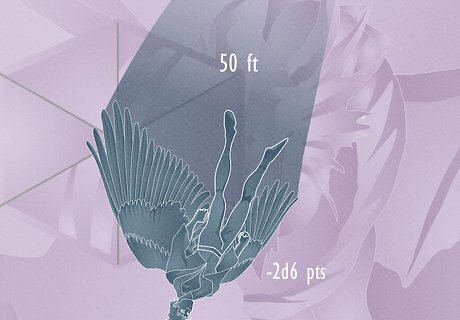
Flying creatures can optionally take less damage if the DM allows it. If your PC has the ability to fly (or is riding a creature that can fly), they obviously won’t fall. However, if they’re knocked prone midair, that means their speed is reduced to 0—and, subsequently, they’ll start to fall. That’s why there’s an optional rule in D&D 5e allowing you to subtract the flying creature’s flight speed from the total distance they fall, thus avoiding some of the fall damage. A creature’s flight speed is the total distance (in feet) that it can travel per round. Say your PC is a winged tiefling with a flight speed of 30 feet, but they’re knocked prone and start falling from 50 feet in the air. You could subtract their flight speed from the 50-foot drop. Therefore, instead of taking a full 5d6 points of damage (for a 50-foot drop), your PC would take 2d6 points of damage (since 50 minus 30 is 20 feet). This damage reduction rule essentially simulates a creature flapping their wings enough to slow the velocity of the fall, even if they can’t stop the fall entirely.

Falling into water does the same 1d6 points of damage per 10 feet. The D&D 5e rulebook doesn’t differentiate between different surfaces, so falling into water technically does just as much damage as falling into any other terrain would—and you can calculate fall damage into water the same as any other kind. However, you may optionally use a homebrew rule about falling into the water, such as: Half damage. Treat each fall as though your PC is only falling from half that height. For example, if they fall 70 feet (which equals 7d6 points of damage), halve that to 35 and roll 3d6 points of fall damage instead. This is an unofficial fix suggested by 5e designer Jeremy Crawford, so it has some extra merit if you’re unsure which rule to use! Ignore 20. Simply ignore the first 20 feet worth of fall damage when your PC falls into the water. For example, if they fall 40 feet, treat it as though they’re falling 20 feet and roll 2d6 points of fall damage. Athletic diving. When your PC intentionally dives from a significant height, they can roll an athletics check to see how much fall damage they ignore. An athletics check of 10 ignores 10 feet worth of damage, a check of 20 ignores 20 feet, and so on.
How to Prevent or Minimize Fall Damage

Use the Feather Fall spell to avoid all fall damage. Feather Fall is a 1st-level transmutation spell designed to slow the fall of up to 5 creatures, including your PC (if they cast it). This spell can be cast as a reaction and essentially makes creatures fall at the gentle rate of 60 feet per round until they reach the ground—and it also negates all possible fall damage. In combat, you can have your PC take a reaction outside of their regular turn—which means you can basically “react” whenever they start falling and cast the spell. Keep in mind that Feather Fall only lasts for 1 minute, so if your PC falls from higher than 600 feet, you may need to cast the spell again. A single round is 6 seconds, which means your PC can use Feather Fall for 10 rounds (falling 600 feet total at 60 feet per round) before the spell wears off. Therefore, if they’re still falling after that, you’ll need to recast the spell or potentially let your PC take fall damage.
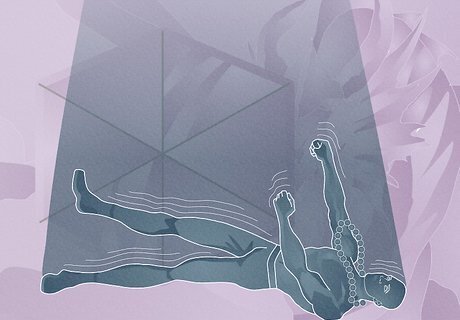
Gain the Slow Fall ability as a monk to reduce the fall damage you take. If you decide to create a monk character in D&D 5e, you’ll gain the Slow Fall ability at level 4. Slow Fall reduces the amount of damage your monk takes from falling by 5 times their monk level. It takes a reaction to use but has no other limitations. So, the more levels your monk gains, the less likely they are to take fall damage! For example, at level 4, your monk can negate up to 20 points of fall damage (since 5 times 4 is 20). By level 14, your monk can negate 70 points of fall damage. Since 20d6 is the most fall damage you can possibly take, and the average result of rolling 20d6 is about 70, a high-level monk can survive nearly any fall!

Play a character whose race or class gives them a fly speed. The simplest way to avoid fall damage is to learn to fly! Luckily, several races and subraces get wings and a flying speed to match—including aarakocras (humanoid bird people), fairies (small fey creatures), winged tieflings (humanoids with a fiendish bloodline), and owlin (humanoid owl people). Try playing D&D as one of them! However, if none of those races interest you, several classes also grant the ability to fly: Sorcerers, warlocks, wizards, and artificers can all cast the Fly spell, which grants a flying speed of 60 feet per round. Druids can use Wildshape to transform into a creature with wings, like a hawk or owl. Draconic, divine soul, and aberrant mind sorcerers all gain wings at level 14. Warlocks can take the Ascendant Step invocation at level 9. Eagle totem barbarians gain the ability to fly at level 14. Psi warrior fighters gain the ability to fly at level 7. Check your PC’s class (or a class you want to play in the future). Several are designed to grant some kind of flying or levitation ability as your PC levels up!
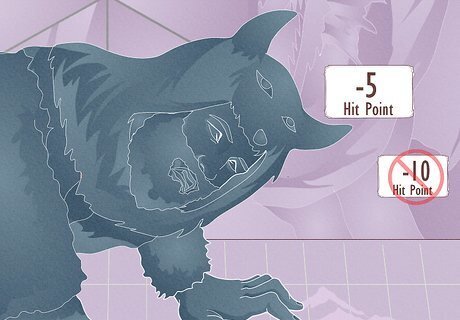
Use your rage ability as a barbarian to halve all falling damage. Outside of the eagle totem subclass, barbarians don’t have any special flight abilities or a fly speed. However, they do have their classic “Rage” ability, which essentially allows your barbarian PC to fly into such a frenzied fury that they gain resistance to bludgeoning, piercing, and slashing damage—including fall damage. So, for example, if your barbarian character falls 25 feet while raging and is supposed to take 10 points of bludgeoning damage from the fall, they’d actually only take 5 points of damage. Keep in mind that barbarian rage ends if they don’t take damage for a round—so if your PC falls for more than a round, you’ll need to find a way to keep their rage going until they hit the ground.

Cast Cat’s Grace to cancel out 20 feet of fall damage or less. Cat’s Grace is actually part of a different spell called Enhance Ability. When your character casts Enhance Ability, they can choose to improve one of their ability scores—and if they choose their Dexterity score, the bonus they get from the spell is called Cat’s Grace, which makes your PC immune to falling damage from 20 feet or less. Unfortunately, the spell won’t help if your PC falls more than 20 feet. Enhance Ability (Cat’s Grace) is a 2nd-level spell available to bards, clerics, druids, sorcerers, artificers, and oath of glory subclass paladins. There are 6 ability scores in D&D total: Strength, Dexterity, Wisdom, Intelligence, Constitution, and Charisma. Dexterity determines how agile your character is—which is why the Cat’s Grace enhancement makes them more nimble.
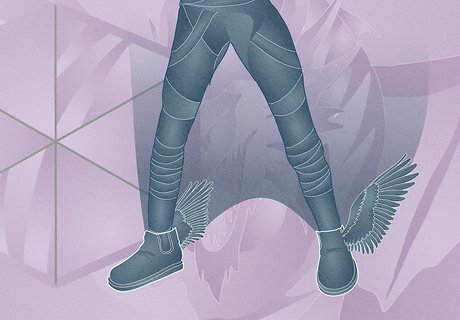
Find a magical item that can slow your PC’s descent when they fall. If all else fails and you don’t have any racial traits, class abilities, or spells at your disposal to prevent fall damage, look for magical items that’ll do the trick instead! You may find magic items while exploring and adventuring as you play D&D, or you may be able to buy them from a shopkeeper if your DM allows it. Useful items include: Winged Boots. These boots allow your character to fly for a limited time with a flying speed of 30 feet per round. Broom of Flying (or Carpet of Flying). Both of these items have a fly speed and don’t require attunement, meaning your PC can use them as needed. Potion of Flying. When your PC drinks this potion, they gain the same benefits as the Fly spell. Instrument of the Bards (any). If your PC is a bard, you can cast the Fly spell through an Instrument of the Bards.

Use the environment and terrain to break your fall, if possible. There are plenty of simple yet clever ways to prevent a fall, so keep your eyes out! If your PC is knocked off a cliff, have them try hanging onto the rocks to stop the fall. If they fall out of a tall tree, see if your PC can grab a branch to catch themselves. If you have a rope or grappling hook, have your PC use that to secure themselves before they do any climbing. In many cases, your DM will probably ask you to make some kind of ability check to see if you can prevent your PC from falling. For example, if you wanted to try and grab a tree branch, your DM might ask for a Dexterity or acrobatics check to see if your PC can quickly react—or an athletics check to see if they can hang onto the branch successfully.














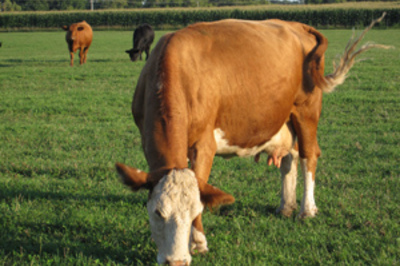



Comments
0 comment